I’m Eric—you probably know me as Evergreen Runner (@evergreen_rnr). I drive a 2016 Toyota 4Runner. I’ve been in the outdoor, overland, and off-road space my whole life, but I’ve been seriously into it with my 4Runner for the last five years. I love camping and being outside, and I love to go wheeling. As a kid, I was always outdoors—camping with my folks—and then, in the last five years, I picked up a Toyota, and I’ve spent every waking moment outside, and I wouldn’t look back.
What’s Your Recreation?
My recreation is just being outside—off-roading, wheeling, camping, visiting national parks, exploring the country, and seeing the world around us. Whatever gets me outdoors is what I enjoy most.
I'm really passionate about being outside and challenging myself is huge. You're self-reliant, seeing epic places and going on crazy hikes your vehicle takes you to. When I'm outdoors, I'm at peace. That's where I find passion and purpose. How I do it and how I get there doesn't really matter—as long as I'm out there.

Why Did You Choose FSR?
Originally, I chose FSR for the brand and its quality. FSR has always been known for innovative, high-quality products. But what's kept me around and kept me invested is the people. We all have a shared passion.
It's about getting outside. It's about enjoying nature and a product that facilitates your recreation.
Whether you're hunting, overlanding, or wheeling, it doesn't matter—FSR facilitates that. For me, because I like to go wheeling and I like to camp all the time, the product fits in with what I do. It's lightweight, quick to set up and tear down, and lets me spend more time doing the things I love outdoors.
Why Did You Choose the Aspen V2 and 180 Awning?
I've always liked wedge-style tents, and I previously ran another brand's wedge tent for years, and I put a lot of miles on it. So, I was naturally drawn to the Aspen V2. I've had side-opening tents and soft shells, but the Aspen V2 is quick and easy to set up.
The new pole style swings out to the back, making the tent feel far less cramped and spacious when you're inside. Plus, it's very comfortable. It's quick to set up, lightweight, and compact—the standard size fits perfectly along the 4Runner's roof rails without overhang, keeping a low center of gravity.
As for the 180 Awning—that's a whole nother story. I've used the old-school style rollout awnings that everyone starts with. The small, traditional rollout awning with two legs that are a hassle to set up. I tried to fit a 270 Awning at one point, but they're too bulky for a 4Runner. The new 180 Awning V2 really solves all those issues. It provides a ton of shade, is quick to deploy, and is self-standing, but it also has optional legs if you need them. So when we're out in the sun, rain, or cold weather, we can set up the awning and have a great shelter to be under. It's lightweight, so it fits my style perfectly.

What Is Your Favorite Outdoor Memory?
A few years ago, we took a two-week trip from the Northwest down through Utah's Mighty Five into Moab, then Arizona. It was a solid two weeks of 100% self-sustained travel—we saw six national parks, hiked almost every day, camped in a new spot each night, and covered around 3,500 miles.
Every part of it hit hard. Whether it was just long days of driving, we had to do. It was an experience, and I was in my happy place, doing my thing, seeing amazing places, and meeting amazing people. I wouldn't change it for the world.
Why a Rooftop Tent Over Other Options?
I chose a rooftop tent for the simple fact that I'm on the go all the time. There are many options on the market, and they fit everyone else. Whether it's a camper, trailer, hardshell tent, softshell tent, or maybe you even like a ground tent—these are all viable options that fit different people. There are even times I prefer a ground tent, but right now, in my style of being nomadic, a rooftop tent makes sense, especially a hardshell tent.
It sets up and breaks down in seconds. We camp in some pretty rugged areas where setting up a ground tent would be cumbersome or might not even be possible. We need something that's very easy where I can stop, pop the tent, sleep, and go.
There are downfalls to it, though, so you have to weigh the pros and cons. The big thing is weight—a rooftop tent does add a fair bit of weight. Even though the Aspen V2 is lightweight at 134 lbs, it's still added weight to the roof.
If I'm climbing up Hell's Gate or doing an off-camber rock crawling section, it's there, and it's definitely a limitation. Still, the speed and ease of use of a hardshell tent are my main priority. At some point, I'll remove the tent to do a dedicated rock crawling trip and use a Hub 4 for a basecamp setup.
I've even tossed around the idea of moving the Aspen V2 over to a trailer and pulling an overland trailer to do a centralized basecamp style of camping. But right now, because we're on the go and very nomadic, I love having the ability to go anywhere, level out the 4Runner, pop up the tent, and be done. I'm a simple camper that way.
There isn't one right answer to this, but really, what fits your needs and priorities in the way you like to be outdoors.

What Does the Future of Overlanding Look Like?
To me, the future is bright—just continuing to do what I've been doing. The goal is still 100+ nights a year. But it's bright. As more people come into this space, this hobby, or whatever you want to call it, is a good thing, but we have to be careful that we're doing it the right way.
If we don't respect nature and we don't respect the lands around us, we're going to lose access to that. We see that on a daily basis, we're losing the opportunity to use a lot of the space in Moab, for example. If you look at Sedona, a lot of Sedona has been shut down in the last 5 or so years. If we don't recreate responsibly—stay on trails, clean up after ourselves, and leave places better than we found them—we'll lose access to these places. That's what I fear most.
I'm happy to see all these people coming into this space, and honestly, COVID drove a lot of people into this space, which is great. We need to do it the right way because I don't want to lose access to my favorite places, and I don't want to stop sharing my favorite places with my audience.
What’s Going on in 2025?
2025 is looking great. If you've been following along, I'm building a 60x40 shop on my property in Western Colorado, which will support future adventures and projects.
This summer and fall are panning out to be epic. I'm going to be outside as much as I possibly can. I'm going to do a whole bunch of camping in Utah and rediscover the mountains of Colorado—hopefully with a lot of the FSR crew. They're a lot of great friends of mine now, and I hope to bring epic content to my audience both from an FSR aspect to show how these products work and why I chose them. And so I can show my audience the adventure and have them follow along as they always have.

What Do You Do Now?
I got into the Instagram / photography thing at the beginning of COVID as a way to document and share my adventures. I was really diving into the overlanding and camping scene, and I wanted to document that and share it with people. The thing I want people who follow along with my content to get out of it is that you see the whole story. I'm not trying to share the epic locations and staged shots with my audience, but I'm trying to share the ups and downs. It may not always be on my direct feed, but I always share the things that I'm going through and that you have to put in the hard work to get to these places. And the payoff is these epic locations. Whether it's hiking 5 miles in to see a mountain lake, you have to do the work. Or, to make your rig capable of going further and being more self-sufficient, that's a journey. I want my audience to see the journey and see it's doable. It's not just throwing a bunch of money at your vehicle.
I want to inspire folks to get out and see this world because it's one of those things where you can see a few photos on Instagram or TikTok, but they don't tell the whole story or show you the rest of the world. When you're out there overlanding, you're seeing things yourself that only a handful of people get to see. You can visit a national park and be like everyone else or spend a little extra time in a slightly more capable vehicle, and you can see these national parks from a totally different perspective that will change your life.
The big thing that I want everyone to take away from my photography and my content is that it's out there; you can see it, and you should want to see it. You can live this lifestyle too.
What Do You Want People to Take Away From Your Photography?
I want people to feel like they can do it, too. These places are accessible, and you can get to them with a little bit of effort. You don't need a fancy vehicle or the best gear out there—just determination to get out there and do it.

How Did You Get to Where You Are Now?
I got to where I am over time, it wasn't just overnight. I didn't go to a dealership, buy a 4Runner, take it to a shop, and say, "Here's $100K. Make it the craziest 4Runner out there". It's taken time. If you've been following me for the last 4 years on Instagram, you'll see that I started with a stock vehicle, and I went to the places I could with that.
I wanted to see these epic places, and it didn't keep me from going, but over time, I realized that I really liked this off-roading thing, so I decided to put on bigger tires and a bigger lift and got there time. I knew, eventually, it'd be cool to have the crazy rock crawler build; of course, everyone wanted that, but it never deterred me from getting out.
What I want folks to take away from my content is that these epic places are accessible. You can get there in whatever vehicle you have. Go there in your Subaru or Prius or whatever. But if you want to see the other places, take a little time and put some better tires on your rig and see it from a whole new perspective.
The other thing I want people to realize is this is life. This is what my passion is and what I love to do. I want you to feel inspired, but you can also have someone to talk to and interact with. I think there's a big misconception in this industry that content creators are up here on these pedestals, and you can't talk to them because you don't have a built rig that's lifted on 40s or you don't have every piece of overlanding gear. We all started with a base vehicle. So, I try to do my best to interact with everyone, give honest answers, and give honest opinions because it's not always straightforward.
Thank you for seeing my photography, but feel free to talk to me also. I respond when I can and will always give my honest opinion. I'm very hard on gear. I've gone through a lot of gear, and I have opinions. I want to help you guys get out there, and if that's through answering questions or running gear, that's what I like to do.
What’s Your One Takeaway?
One key takeaway I wish I knew when I was getting started is to find your community. That's really the key piece for me. The community will facilitate and inspire you without you even knowing it.
You've got to dive into this, but having a community and a support system around you will facilitate those scary moments. You'll get out on the trail with some new friends, and don't be afraid to ask, "Hey, I don't have recovery equipment. Can you guys help me out there?" Or if you don't know how to air up, air down. This community is welcoming, and they want you to be a part of it, so they will help you if you're not afraid to ask for help.
That's the one thing I wish I knew because I was a lone wolf, and I didn't recreate the way I wanted to because I didn't have Max Tracks or a Garmin GPS. I didn't know how to use a map. I wish I had just reached out to more people because then they would have lifted me up, and I would have lifted them up. So if you have your community around you, your friend group that gets out and wheels on the weekends, you're all going to have something that you bring to the table, and it's going to get you around that fear of failing and the fear of the unknown. You're going to have such a great time doing it.

Anything Else You Want to Add?
So, the last thing is that I want to give a huge shout-out to the brands that support me and that I get to work with. I'm very fortunate, especially for this opportunity to work with FSR. Everybody at FSR believes in what I'm doing, the content I produce, and the story I'm trying to tell. I'm extremely grateful because if it wasn't for them believing in what I do, I wouldn't be able to get out and create this content for my audience.
Having someone believe in you motivates the passion to be outside and create even more epic content. So thank you, everybody at FSR.
It's awesome to work with people who share my passion. I'm happy that I've created some awesome friendships with these guys. So, thank you so very much for everything you do for me, and I look forward to working with you more in the future.

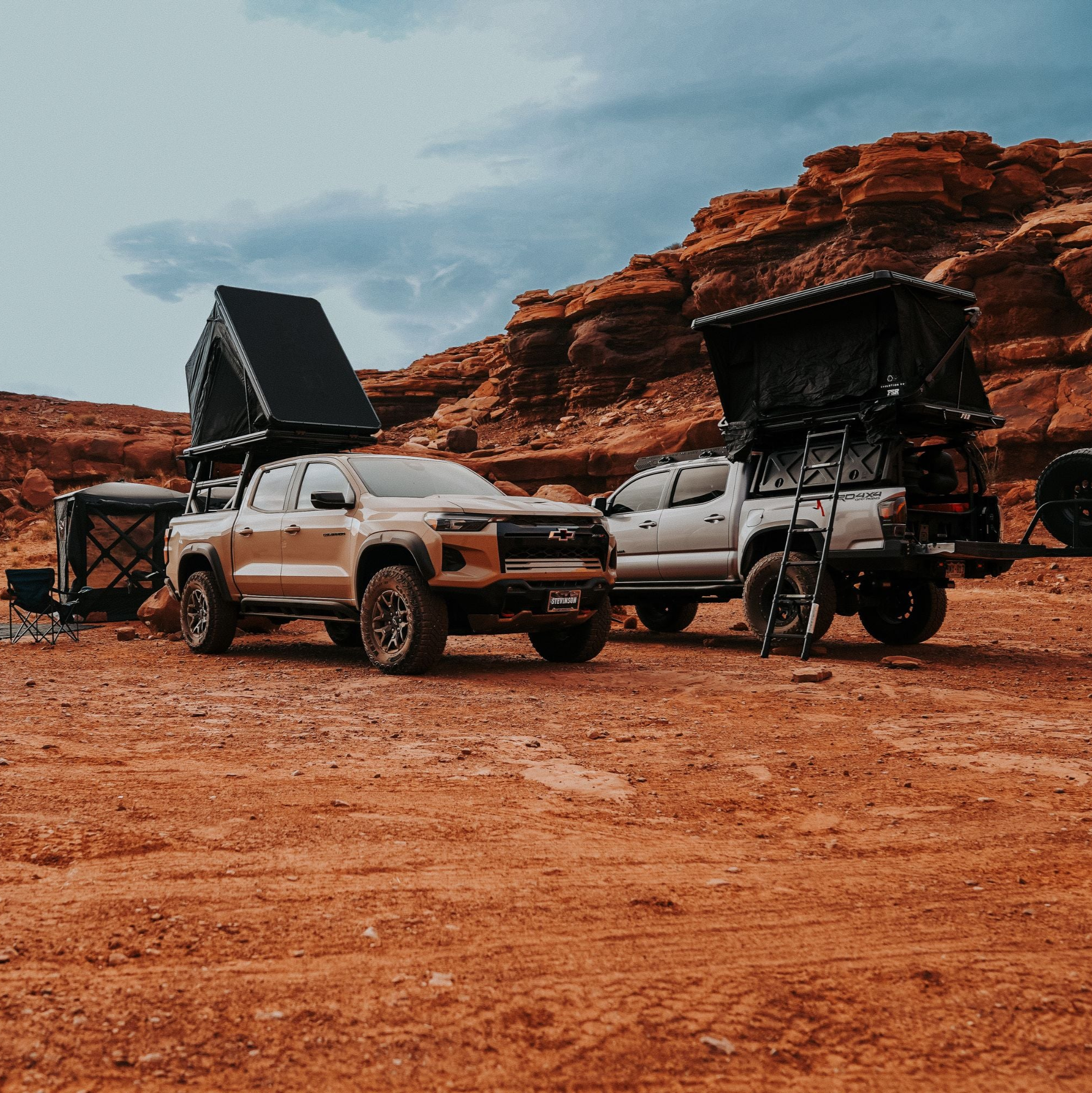
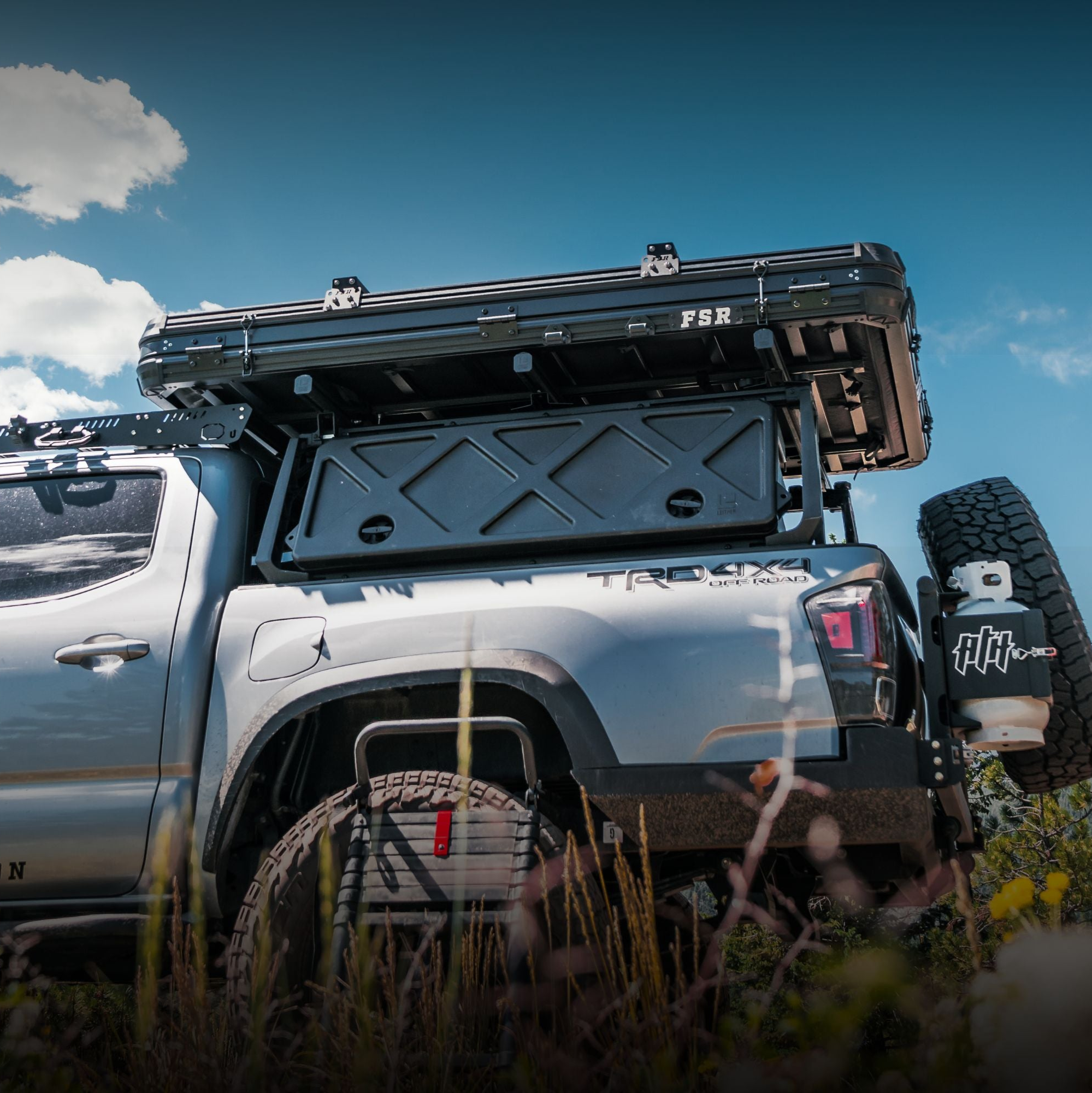
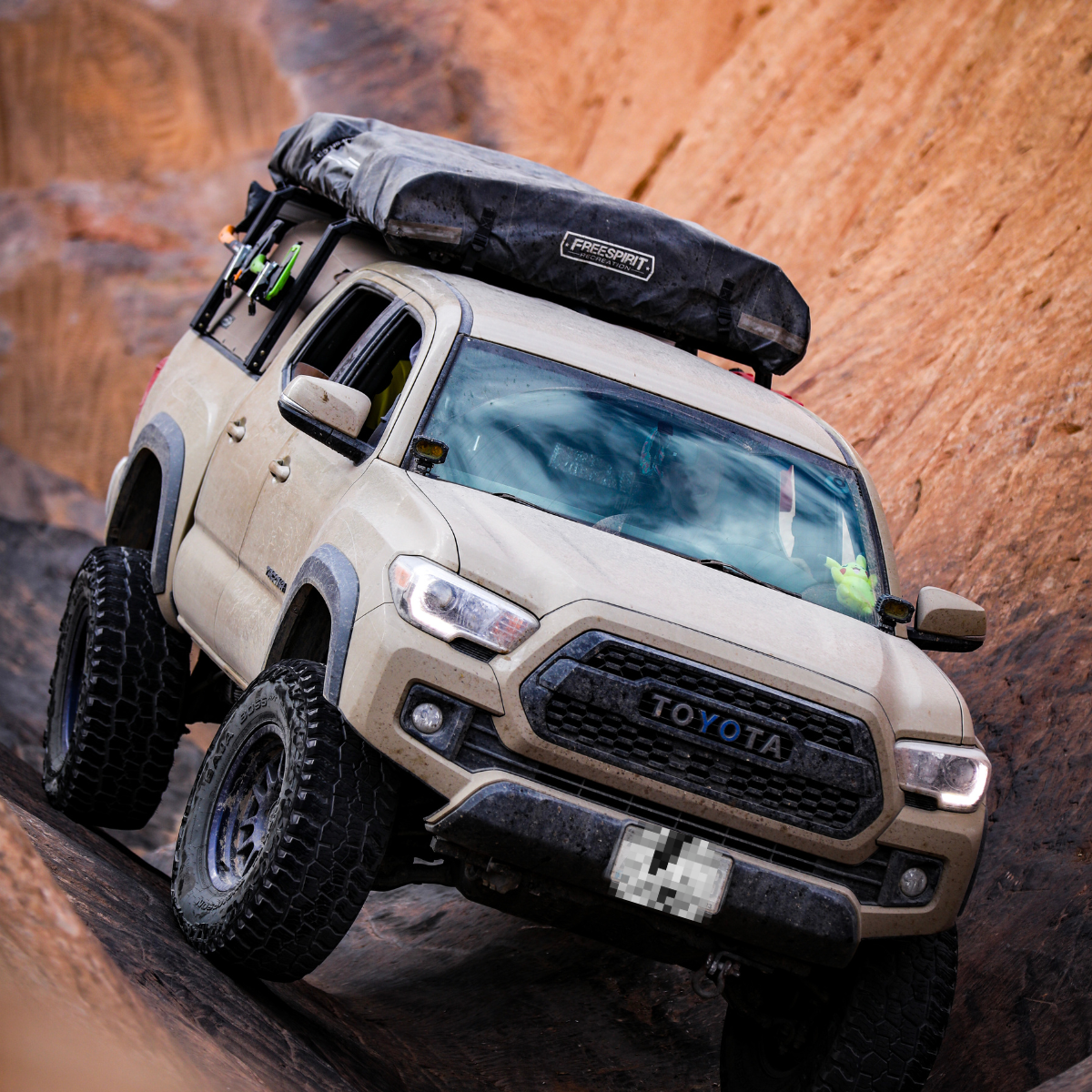
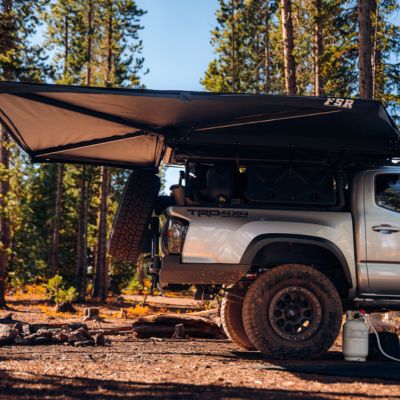
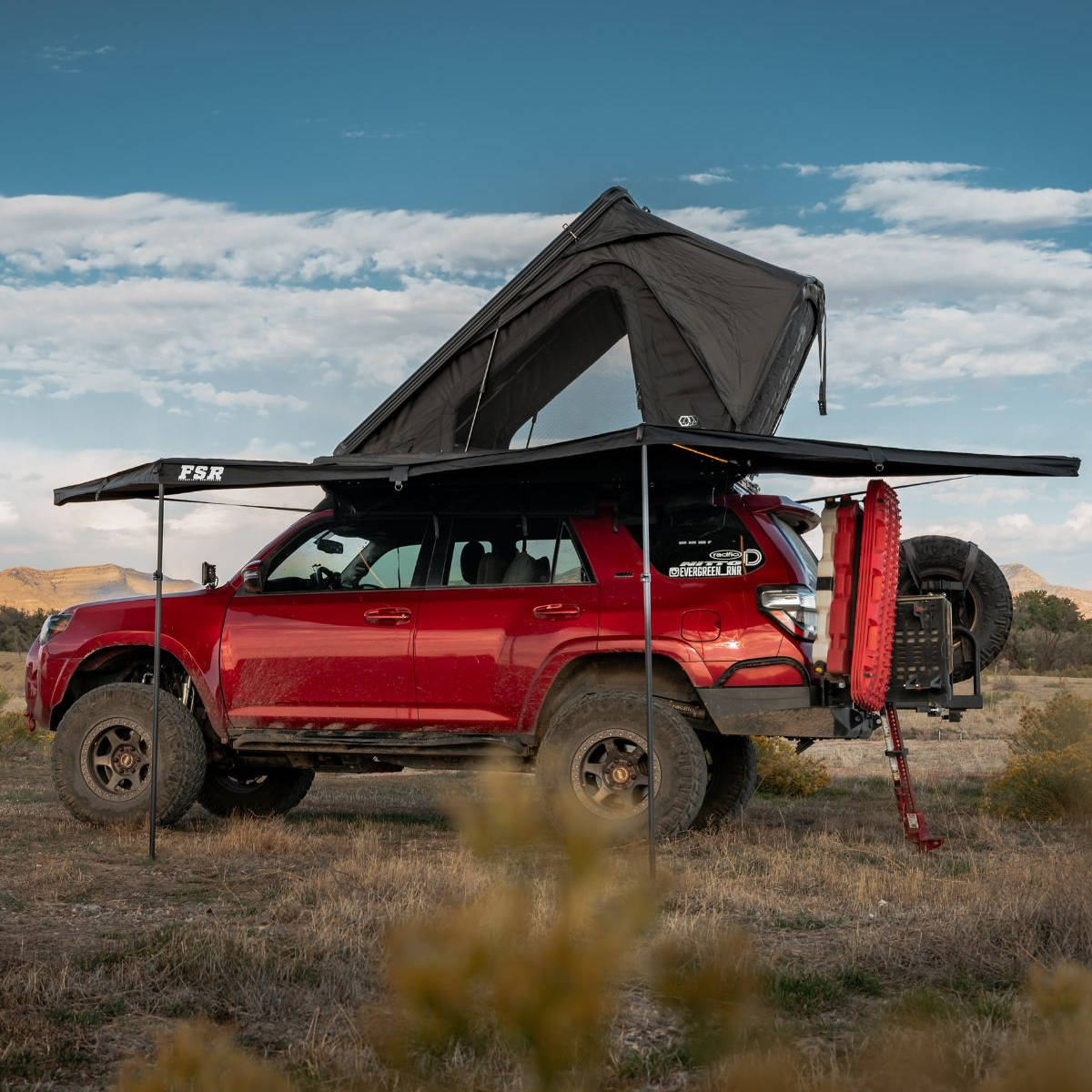
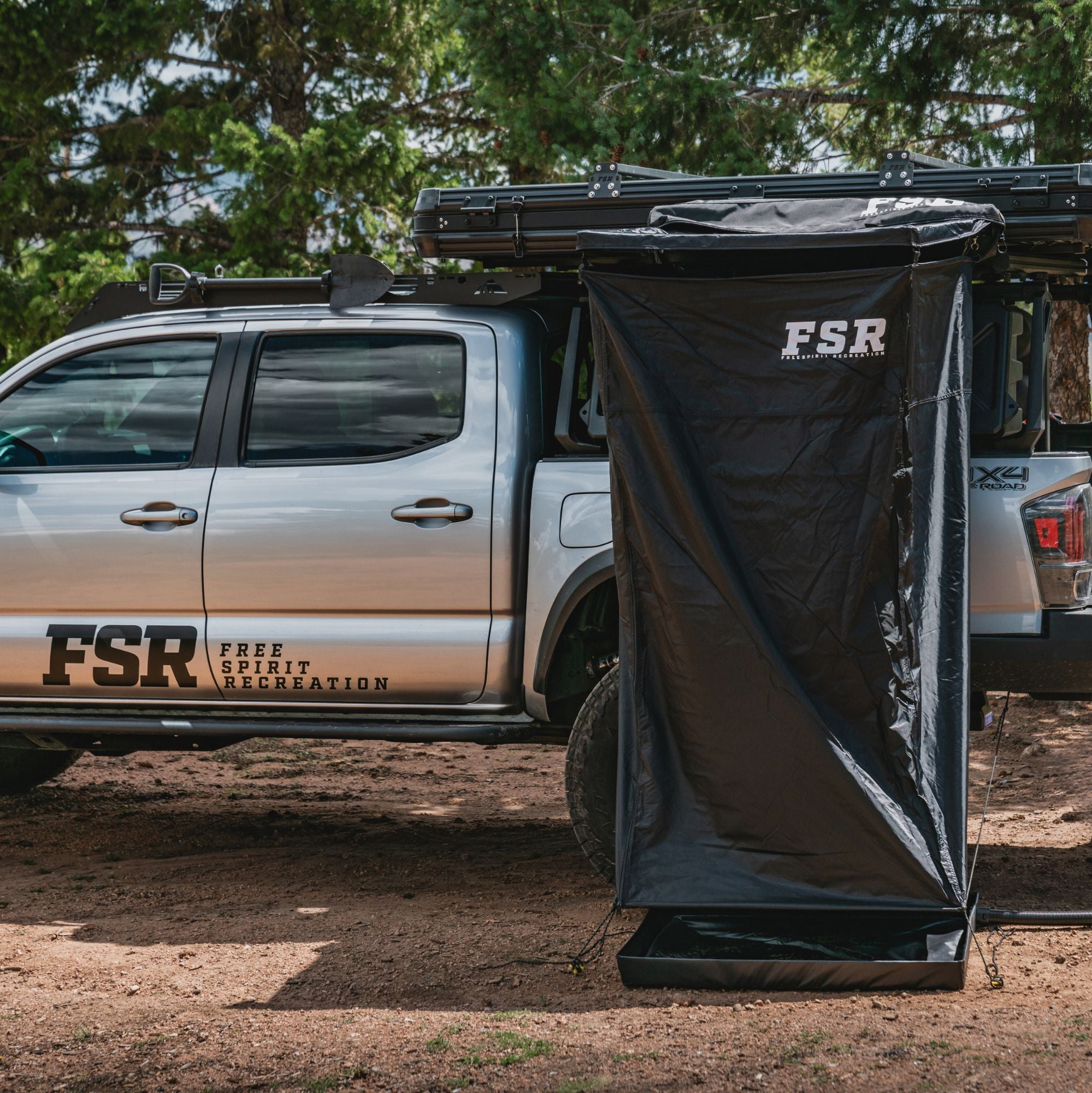
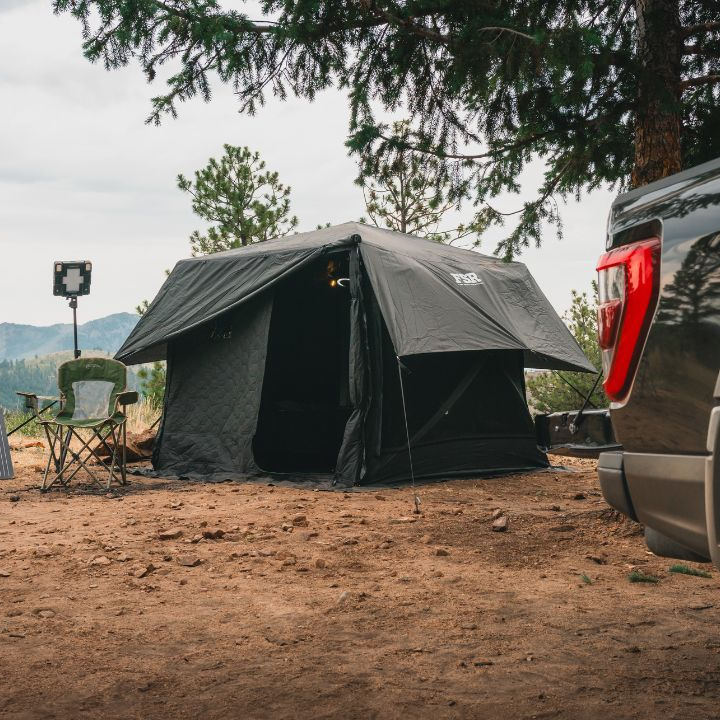
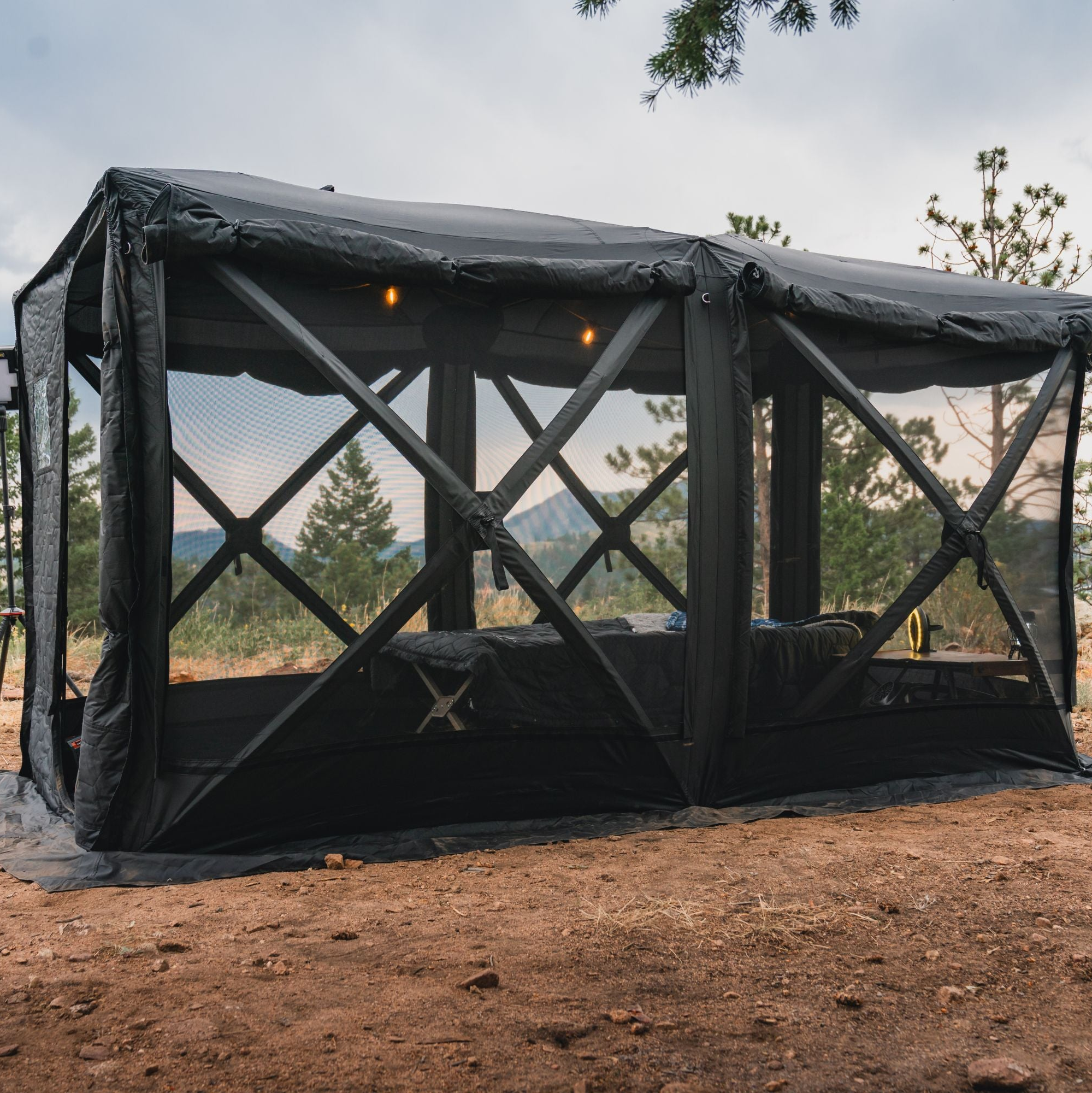
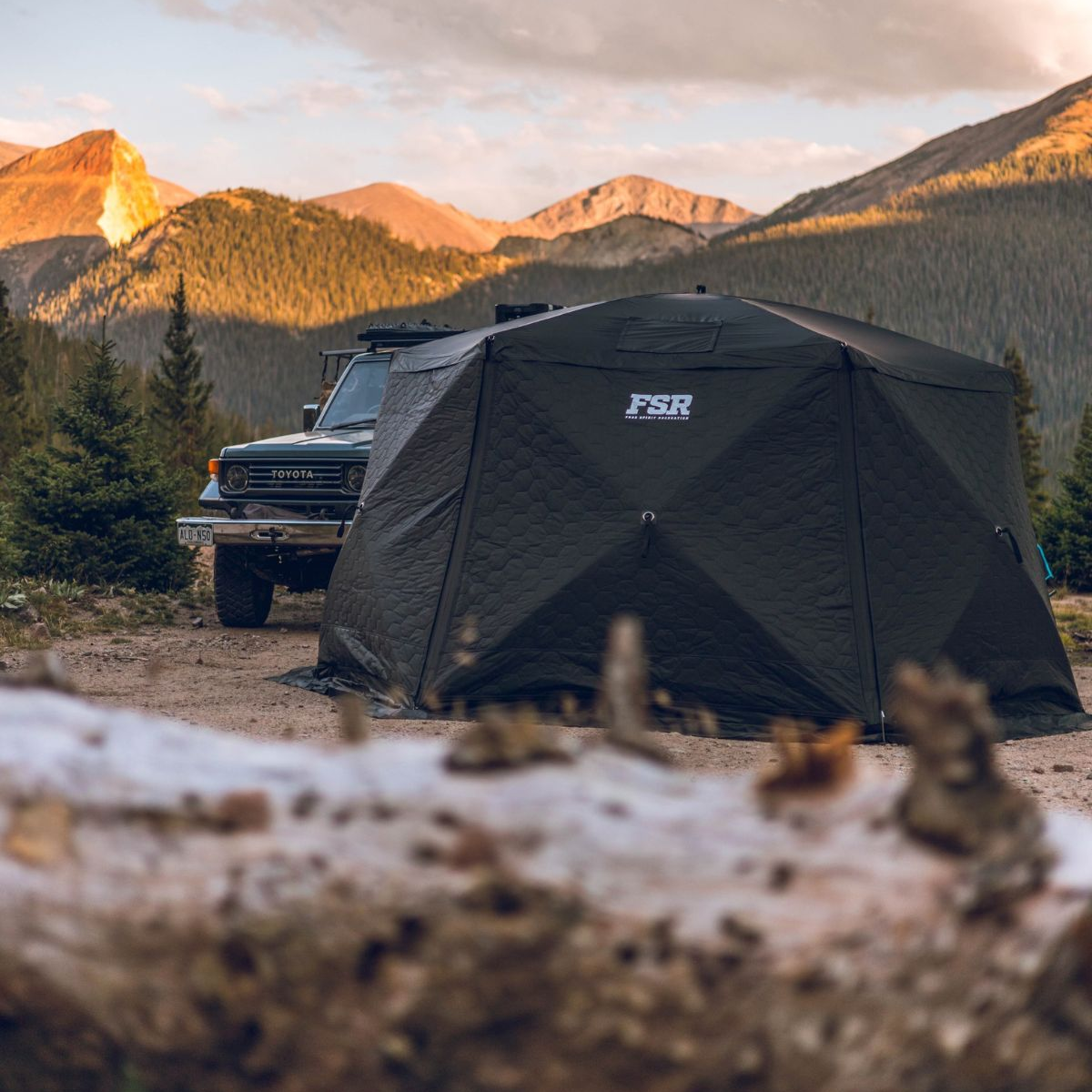
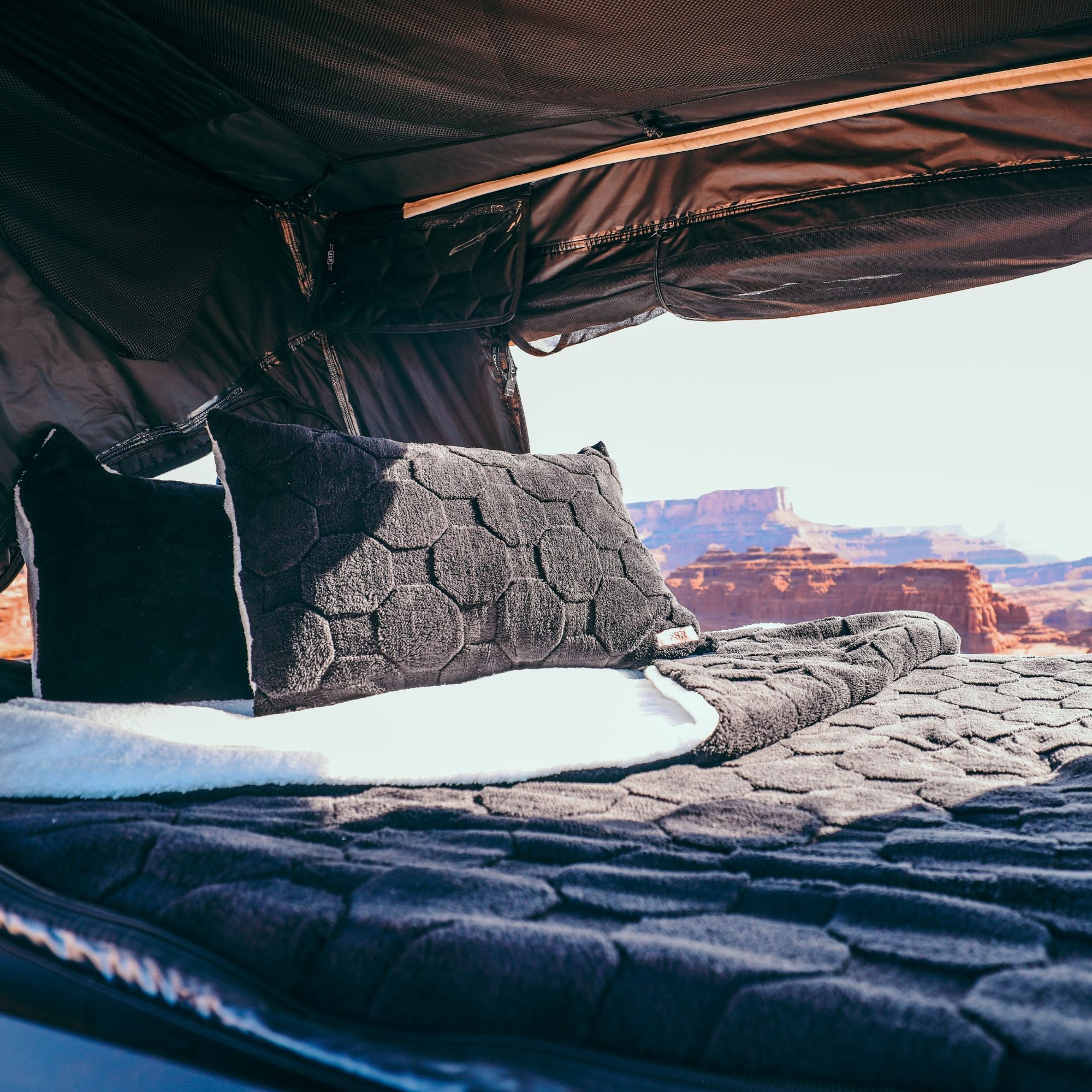
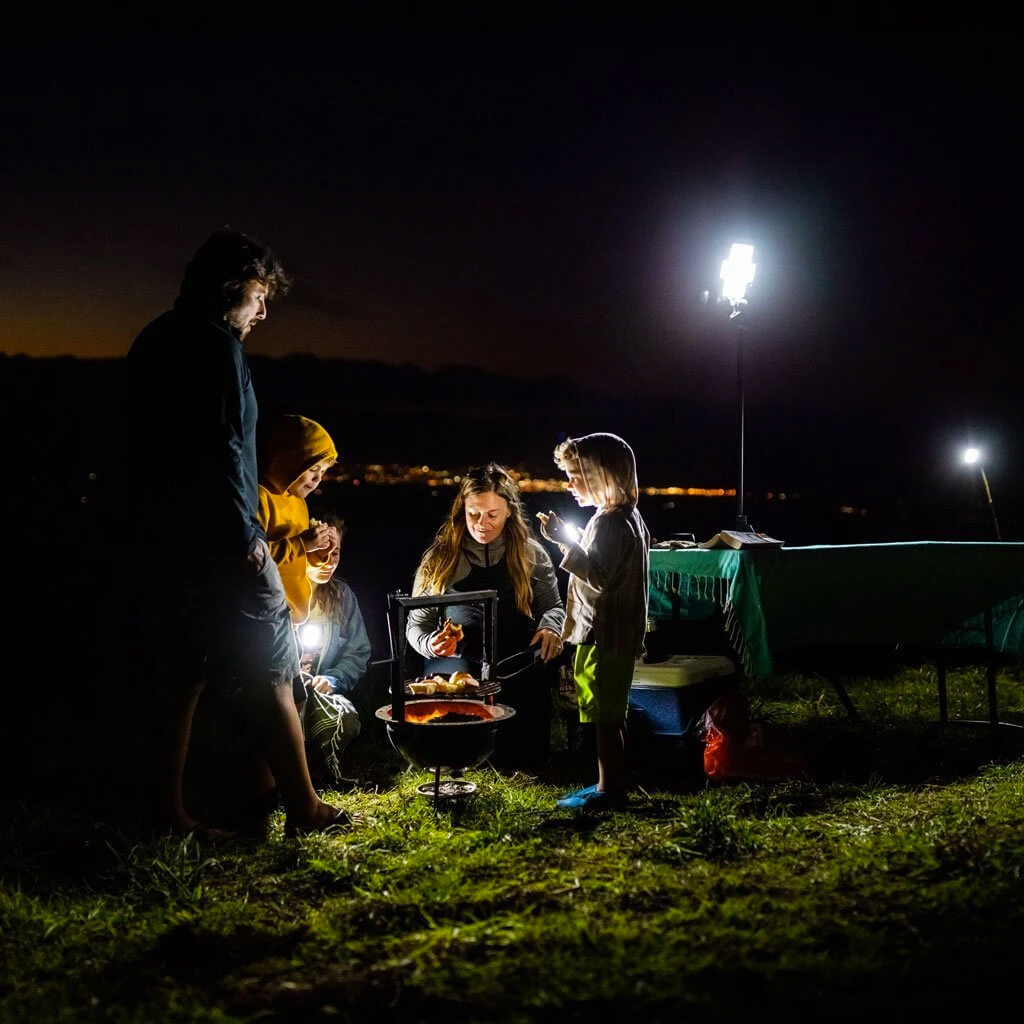
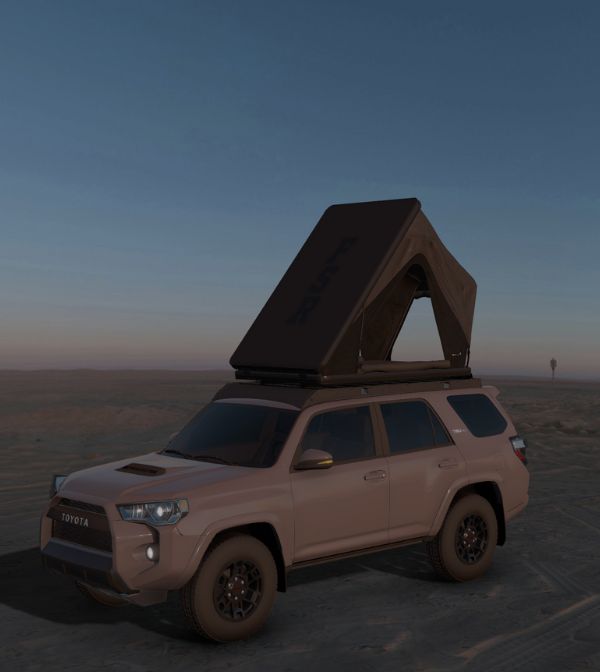
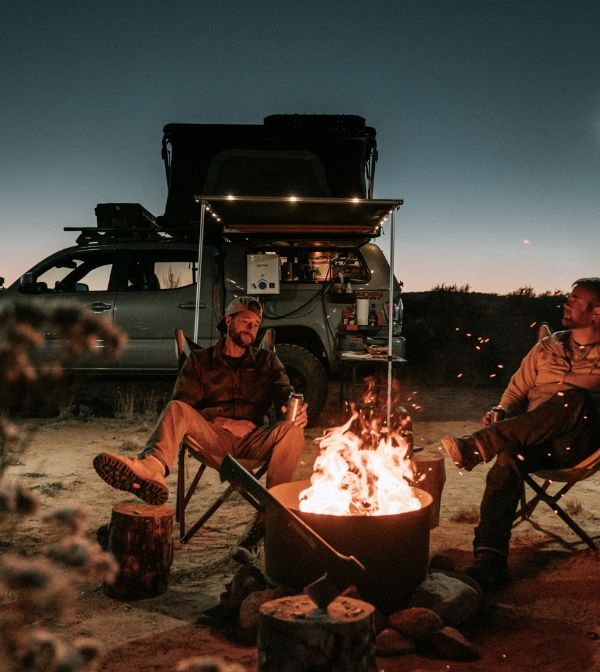

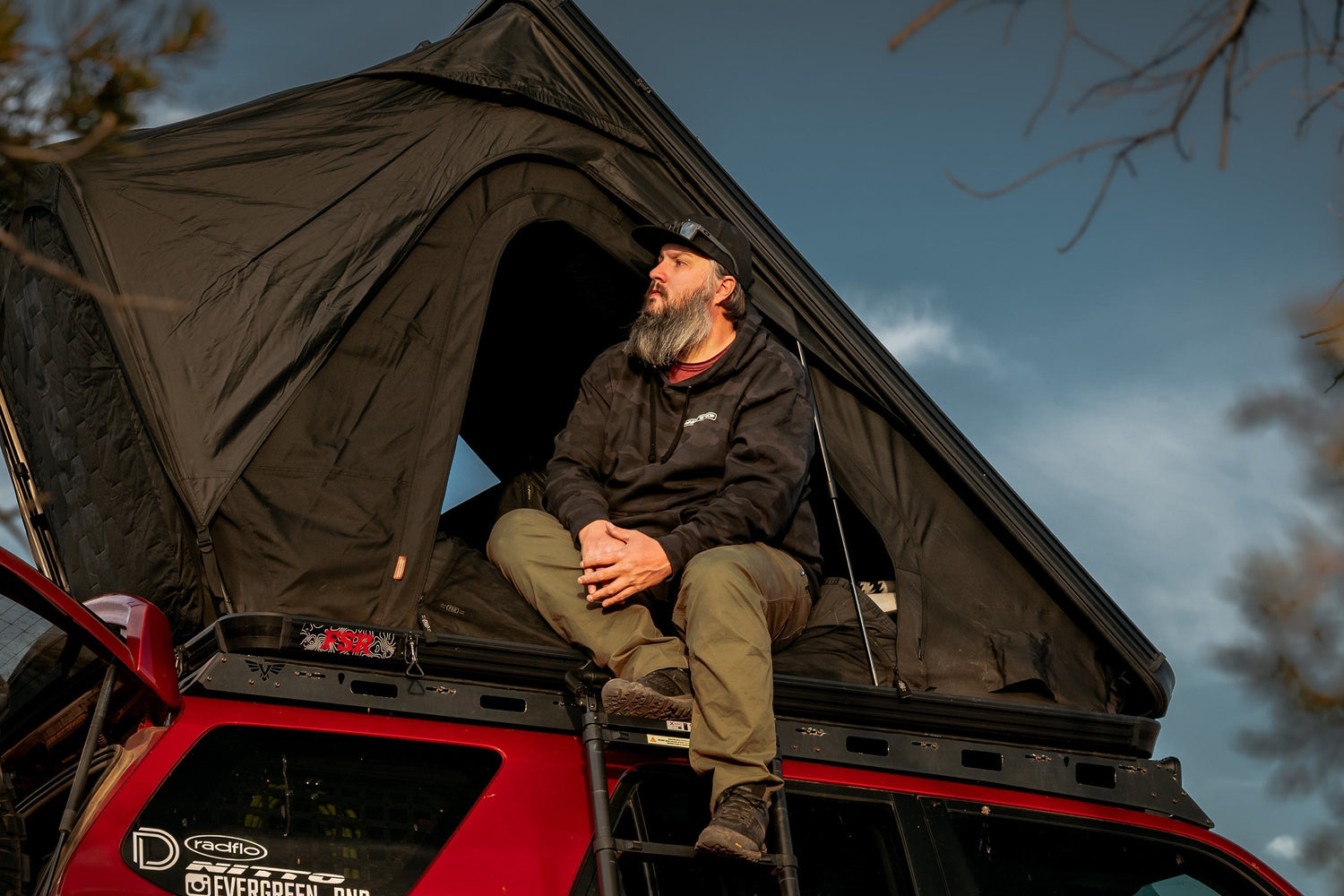
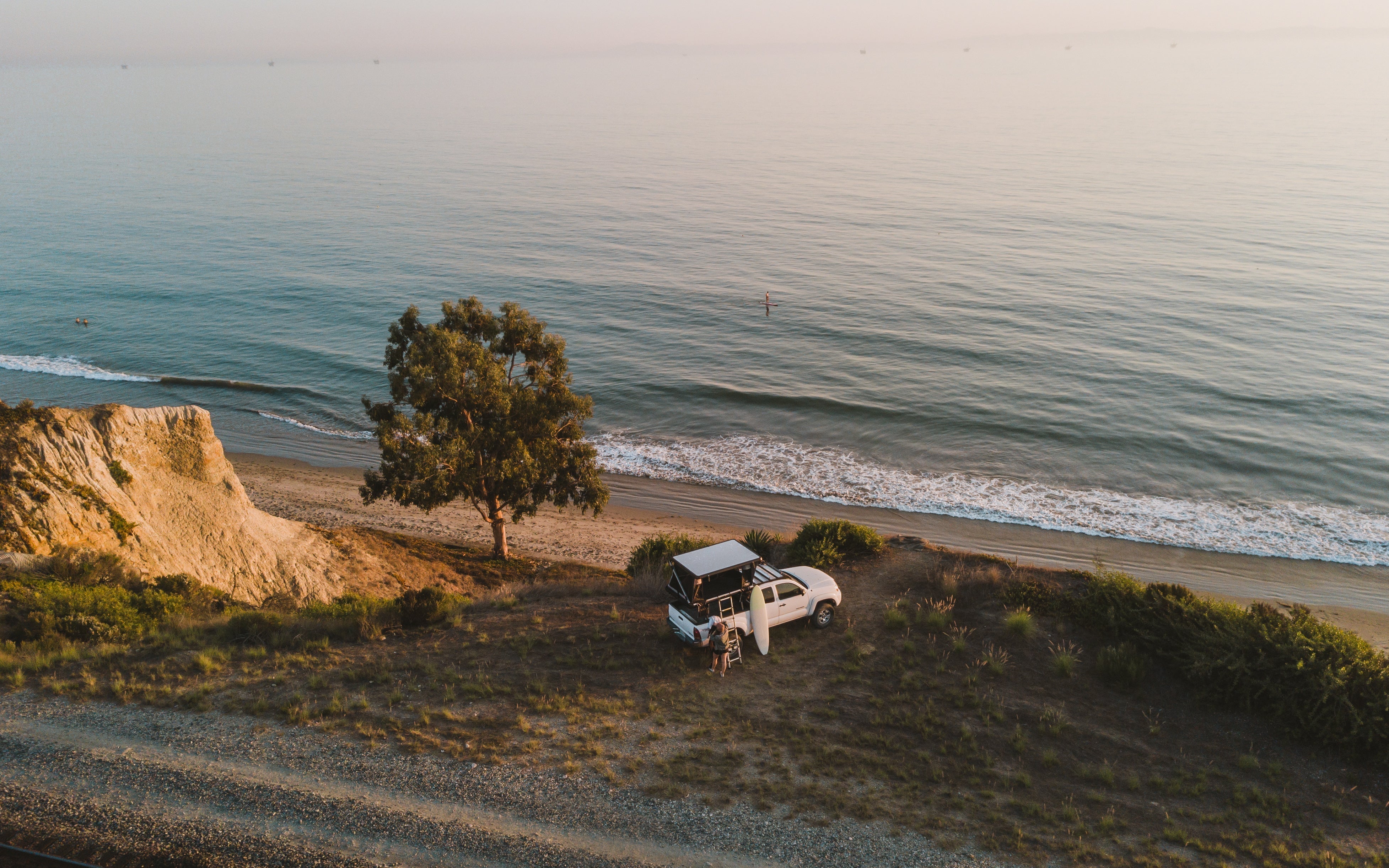
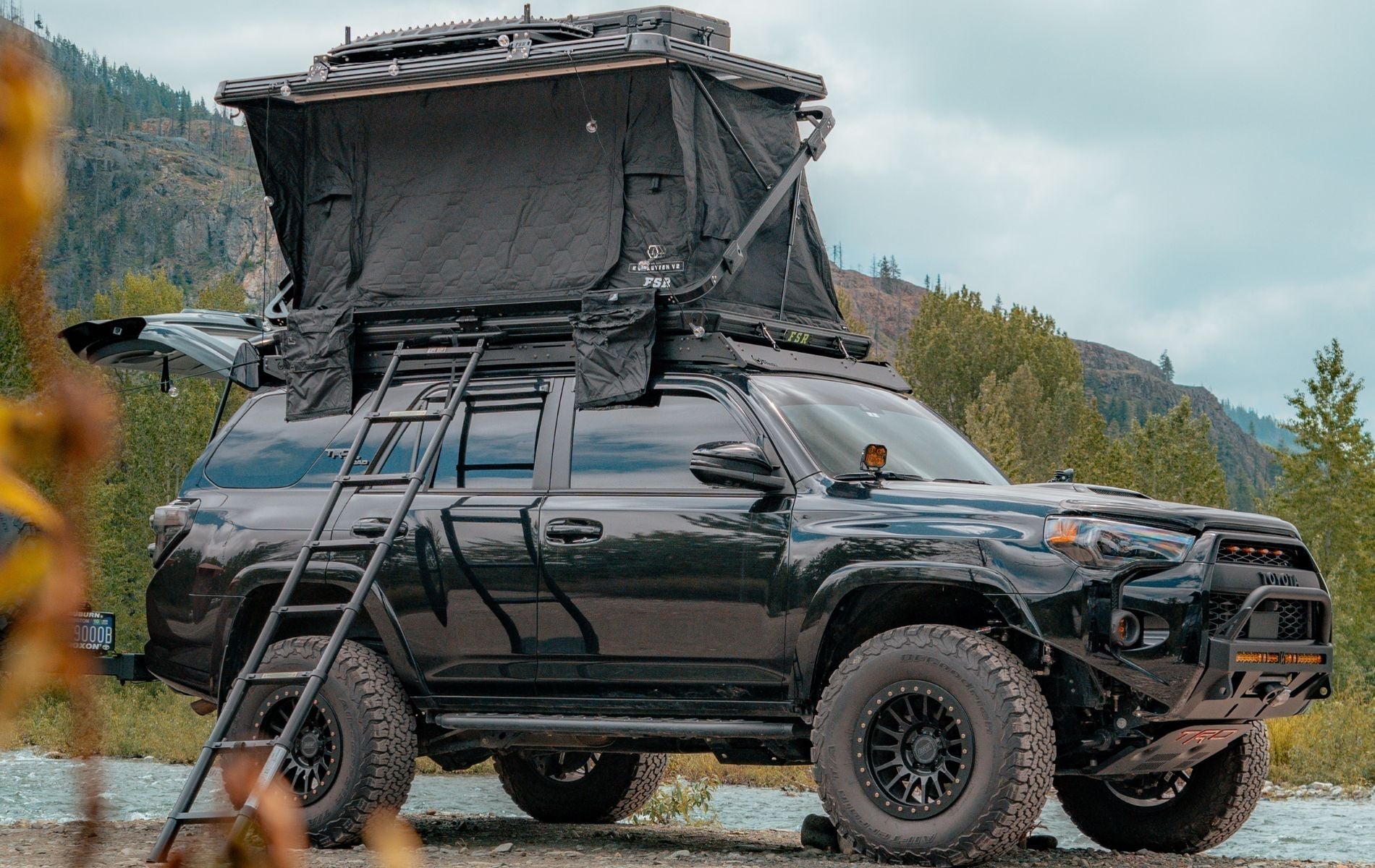
Leave a comment
All comments are moderated before being published.
This site is protected by hCaptcha and the hCaptcha Privacy Policy and Terms of Service apply.